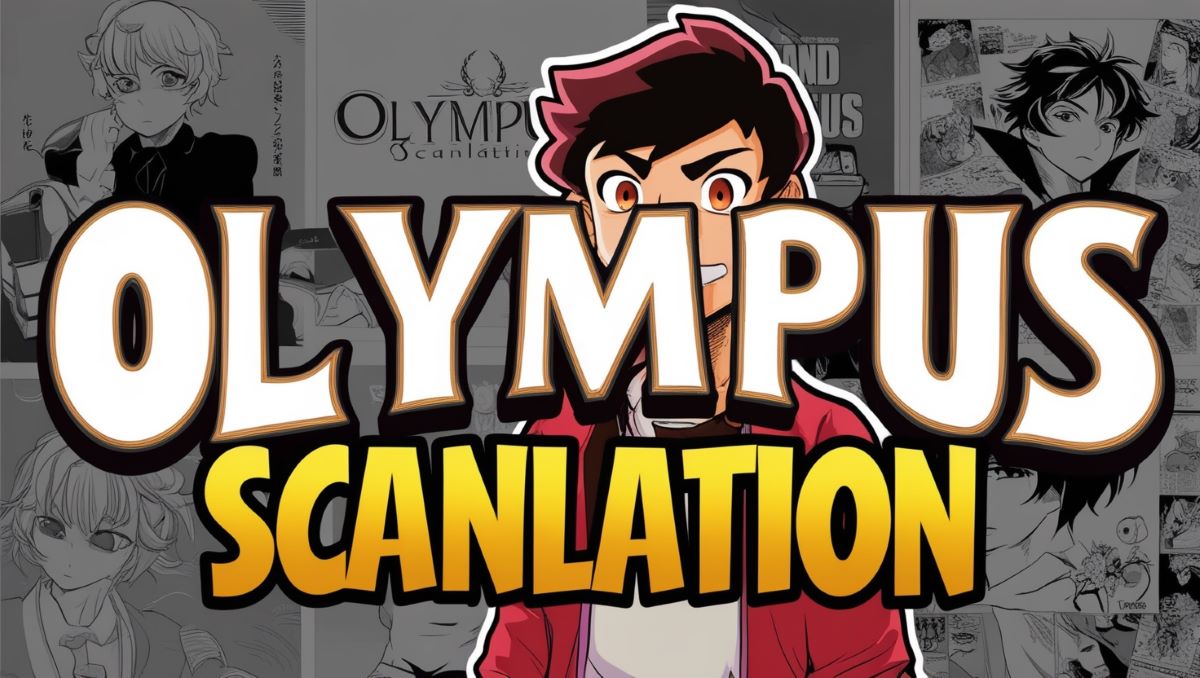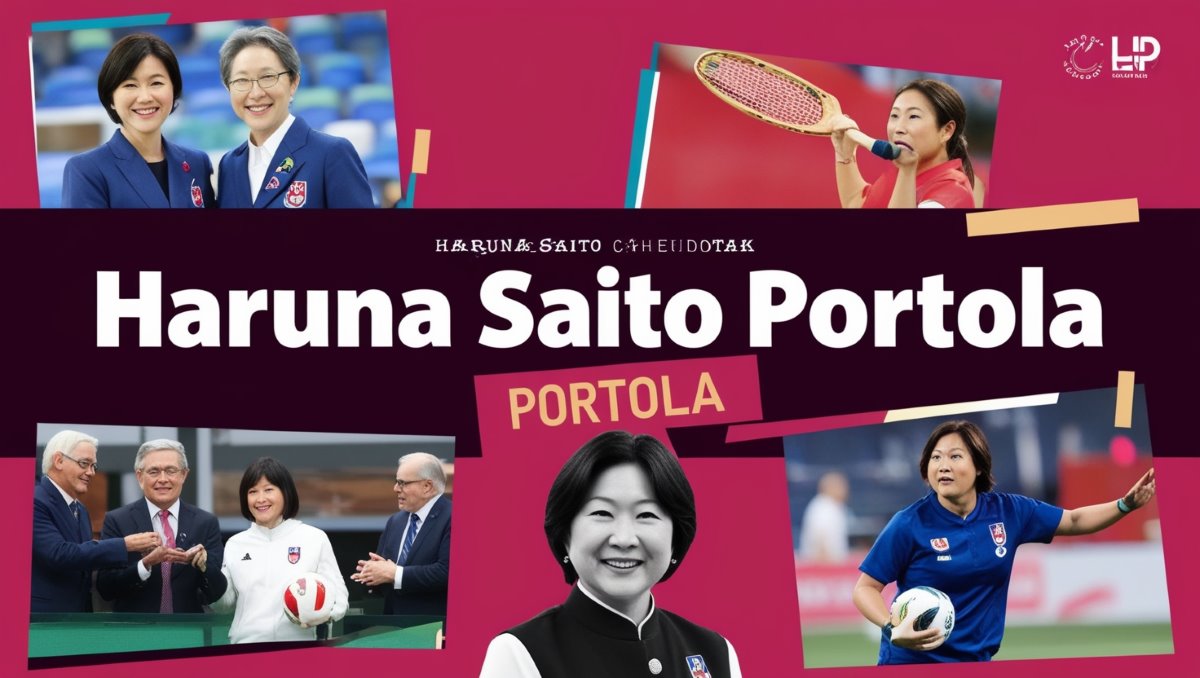Manga and comics have carved out a unique niche in the world of entertainment. With vibrant artwork and compelling storytelling, they captivate audiences globally. As fans delve into this colorful universe, two distinct paths emerge: traditional publishing and scanlation. Each has its own set of rules, perks, and challenges.
For those who are passionate about manga or comics, understanding these differences can profoundly impact how you access your favorite series. Olympus Scanlation is one such option that has gained popularity among enthusiasts looking for quick translations and fan-driven content. But how does it stack up against traditional publishing? Let’s explore the nuances between these two approaches to help you decide which suits your reading preferences best.
Understanding the World of Manga and Comics
Manga and comics are more than just entertainment; they are cultural phenomena. Emerging from Japan, manga boasts a distinct style that combines intricate artwork with engaging narratives.
Comics, on the other hand, have diverse origins worldwide, often reflecting the unique tastes of different cultures. Both formats share common elements but vary in presentation and storytelling techniques.
The art form has evolved over decades. Traditional styles give way to modern interpretations that attract new audiences every day. Manga typically features serialized stories published in magazines before being compiled into volumes. Comics may follow similar paths or be released as standalone graphic novels.
Fans appreciate both for their ability to convey complex emotions through visuals and text. This interconnected world invites readers to immerse themselves deeply, leading them towards either traditional publishing routes or alternative methods like scanlation for quicker access to content.
Traditional Publishing Process
Traditional publishing is a structured and often lengthy process. It begins with an author crafting their manuscript, which then undergoes rigorous editing. This step ensures that the story flows well and resonates with readers.
After editing, the book moves to design. Cover art and interior layouts are created to enhance visual appeal. A good cover can attract potential readers at first glance.
Next comes marketing strategy development. Publishers plan promotional activities tailored for target audiences, ensuring maximum reach upon release.
Once everything aligns, the book is printed and distributed across various platforms—both physical stores and online retailers.
This established pathway allows authors to rely on industry experts while reaching larger audiences than they might achieve independently. However, it also means navigating contracts, royalties, and sometimes long waits before seeing their work in print.
Benefits of Traditional Publishing
Traditional publishing offers a range of benefits that can be appealing to both creators and readers. One significant advantage is the professional support authors receive throughout the process. From editing to marketing, established publishers provide resources and expertise that enhance the quality of the final product.
Additionally, traditional publishing often lends credibility to a work. Being associated with reputable publishers can attract attention from bookstores and libraries, increasing visibility in a crowded market.
Financially, authors may secure advances against royalties. This arrangement provides financial stability during creation, allowing them to focus entirely on their craft without immediate pressure for sales.
Moreover, traditional distribution channels enable widespread access to manga and comics. Readers can find these titles easily in physical stores or online platforms, fostering a larger audience base compared to independently published works.
Challenges of Traditional Publishing
Traditional publishing comes with its own set of hurdles. One significant challenge is the lengthy time frame. From manuscript submission to final print, the process can take months or even years.
Cost is another issue. Publishers often invest a considerable amount in marketing and distribution. This puts pressure on authors to meet sales expectations, sometimes at the expense of creative freedom.
Additionally, traditional publishers may prioritize popular genres over niche markets. As a result, unique stories might struggle for recognition amidst mainstream offerings.
Rejection can be disheartening for many aspiring creators. Navigating submission guidelines and editorial preferences adds another layer of difficulty that can deter talent from pursuing their dreams fully.
Introduction to Scanlation
Scanlation is the art of translating and distributing manga or comics without official permission. It often begins with dedicated fans who wish to share their love for a particular series. These enthusiasts scan printed materials, translate dialogue, and then format the images for online consumption.
This grassroots movement has gained immense popularity, particularly among audiences eager for content not yet available in their region or language. Scanlation bridges gaps that traditional publishing may overlook.
Moreover, it fosters a vibrant community where fans engage passionately. Many readers contribute by proofreading translations or providing feedback on releases.
While it offers immediate access to new titles, scanlation also raises questions about copyright and intellectual property rights. The line between fandom and piracy can sometimes blur in this evolving landscape of digital media sharing.
Pros and Cons of Olympus Scanlation
Olympus Scanlation has gained popularity among manga enthusiasts. One of its main advantages is accessibility. Readers can find a wide range of titles, often much sooner than through traditional channels. This immediacy appeals to fans eager for the latest chapters.
On the downside, scanlation often lacks quality control. Translations may be inconsistent or inaccurate, leading to confusion about storylines and character development.
Another pro is community engagement. Many readers enjoy connecting with fellow fans online, discussing their favorite series and sharing recommendations.
However, legal issues loom large over Olympus Scanlation. The unauthorized nature of these translations raises concerns about copyright infringement and intellectual property rights.
While scanlations can introduce lesser-known works to a broader audience, they may inadvertently undermine the original creators’ sales potential by providing free access to their hard work without compensation.
Legal and Ethical Concerns
When it comes to Olympus scanlation, legal and ethical concerns take center stage. Scanlation often operates in a gray area of copyright law. Many creators do not give explicit permission for their work to be translated and shared without authorization.
This raises questions about intellectual property rights. While readers may enjoy access to manga sooner, artists and writers miss out on potential earnings. This can stifle creativity and discourage future projects.
Additionally, the absence of regulation means inconsistent quality control in translations. Fans might encounter inaccuracies or mistranslations that dilute the original message.
Engaging with scanlation also carries risks for fansites hosting this content. Legal repercussions can arise from copyright infringement claims, leading to shutdowns or penalties.
Navigating these waters requires awareness of both the joys of accessible content and respect for creators’ rights.
Which Option is Right for You?
Choosing between Olympus scanlation and traditional publishing depends on your preferences and goals. If you value creative freedom and quick access to content, scanlation might be more appealing. This route allows for fan-driven adaptations that can capture niche stories not typically covered by mainstream publishers.
On the other hand, if you seek quality assurance, professional editing, and wider distribution, traditional publishing holds the upper hand. It provides a structured approach to storytelling with established pathways for success in the market.
Consider what matters most: speed or reliability? Do you prefer community involvement or polished products? Your choice should align with your values as a reader or creator in the vibrant world of manga and comics.
Conclusion:
The world of manga and comics is vast and constantly evolving. Understanding the nuances between traditional publishing and platforms like Olympus Scanlation can help readers make informed choices about their content consumption.
Traditional publishing offers a structured approach, complete with professional editing and marketing, ensuring that every comic meets high-quality standards before reaching fans. However, this process often comes with its own set of challenges—long wait times for releases, limited creative freedom for artists, and potential issues with accessibility.
On the other hand, scanlation provides an alternative route that appeals to those seeking immediacy or niche genres not covered by mainstream publishers. Platforms like Olympus Scanlation allow fans to enjoy exciting new stories quickly but may operate in a gray area concerning legality and ethics.
Choosing between Olympus Scanlation and traditional publishing ultimately depends on individual preferences regarding quality versus access. Each option brings unique benefits as well as drawbacks to consider when diving into your next favorite series.
Whether you lean towards the polished pages of published works or crave the thrill of discovering fan-translated gems through scanlations, both avenues offer rich experiences worth exploring in the dynamic realm of manga.











